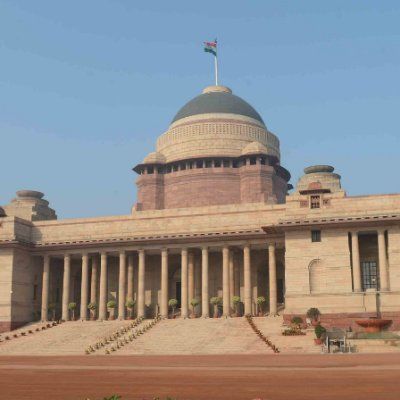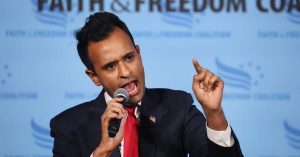India, the world’s largest democracy, will elect its 15th president on Monday, July 18. The term of President Ram Nath Kovind concludes on July 24. Counting of votes for the presidential elections will take place on July 21 and a new president will take oath on July 25.
As India elects its next President, here’s an
explainer on how the world’s biggest democracy elects its commander-in-chief.
Also read: Former Union Minister Yashwant Sinha is opposition candidate for President
Who elects the President?
The President of India is elected by an electoral
college. The electoral college comprises of: all state legislative assemblies,
the Rajya Sabha and the Lok Sabha. All-in-all, 4,120 members of legislative
assemblies and 776 members of Parliament vote to elect the President.
Value of votes
The value of votes differs on two counts. First,
whether the elector is a member of a state legislative assembly or the Parliament,
and second the population of states (in case of MLAs).
Also read: Draupadi Murmu, former Jharkhand governor, is BJP’s pick for next President
The value of an MLA’s vote changes state to state. To
arrive at this value, the total population of the state is divided by the total
number of MLAs in the state multiplied by 1,000.
On the other hand, the value of a vote of the Member
of Parliament (MP) is the same across Lok Sabha and Rajya Sabha, 708.
This is calculated by dividing the total value of MLA
votes by the number of elected MPs in both houses.
Also read: Who is Draupadi Murmu, BJP’s nominee for President of India post?
Voting
The President is elected by the system of proportional
representation by means of single transferable vote. Each member of the electoral
college is given one ballot. While casting the vote, the voter has to indicate
their preferences — first, second, third etc.
Also read: Who is Yashwant Sinha, Opposition’s pick for India’s next President
Counting of votes
In the first phase, the first preference votes are
counted. In case a candidate secures the required quota in this phase, they are
elected. If not, the process of transfer of votes is set in motion.
The ballots
of the candidate with the least number of first preference votes are cancelled
and their second preference votes are transferred to the first preference votes
of other candidates. The process continues till a candidate secures the
required quota.







